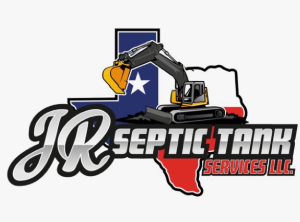Key Issues That May Arise in Your Septic System
When you have a septic system, regular checks are important. They help spot issues early and keep your system working well. Inspections can reveal common problems that might not be obvious at first glance. Understanding these issues can save you from costly repairs later on. This guide covers what to watch for during these inspections, offering tips to maintain your septic system efficiently.
Structural Problems With Tanks and Pipes
A significant issue found during a septic inspection is structural damage. Cracks or leaks in the tank can lead to serious problems. Damaged pipes may cause waste to seep into the ground, leading to environmental hazards. If an inspection spots these problems, prompt repair is crucial to avoid further complications.
Inefficient Bacteria Breakdown
Your septic system relies on bacteria to break down waste. However, inspections often uncover that these bacteria aren’t functioning as they should. When bacterial activity decreases, waste builds up faster than it breaks down. This inefficiency can result in clogs and overflows, making regular inspections essential for maintaining proper bacterial balance.
Drain Field Failures
The drain field is vital for wastewater treatment. A septic inspection can reveal issues like compacted soil or clogged pipelines in this area. These problems prevent proper drainage, causing wastewater to back up into the home or pool above ground. Addressing these failures promptly ensures your system continues to function effectively.
Sludge Build-Up Challenges
One of the most common discoveries during an inspection is excessive sludge build-up. Over time, solids accumulate in the tank and need removal. Without regular pumping, this build-up reduces the tank’s capacity, leading to possible overflows or backups. Routine inspections help monitor sludge levels and determine when pumping is necessary.
Root Intrusion Problems
Trees and shrubs near your septic system can pose significant risks. Their roots may grow into pipes or tanks, causing blockages or ruptures. An inspection will check for root intrusion signs, allowing you to take action before severe damage occurs.
High Water Usage Concerns
Excessive water use can overwhelm a septic system, leading to malfunctions. Inspections often reveal signs of high water usage, which can cause backups or flooding in the drain field. By identifying these patterns early, homeowners can adjust their habits to better support their septic system.
Regular Maintenance Recommendations
To keep your septic system in good shape, follow some maintenance tips:
- Pump the tank every three to five years
- Avoid flushing non-biodegradable items
- Conserve water usage
- Protect the drain field from heavy traffic
- Schedule regular inspections
Proactive Steps for Long-Term Success
An effective way to prevent costly repairs is by being proactive. Regular septic inspections provide early warnings of potential issues, offering peace of mind and long-term savings. Stay informed about your system’s condition and invest in routine maintenance to ensure its longevity.
Contact Me for Professional Septic Services
If you suspect any issues with your septic system or require professional advice, don’t hesitate to reach out. I offer expert services based in Tyler, TX. At JR Septic Tank Installing & Repairing Services LLC, I’m committed to keeping your system running smoothly. Call me today at (903) 343-2534 for assistance tailored to your needs.
